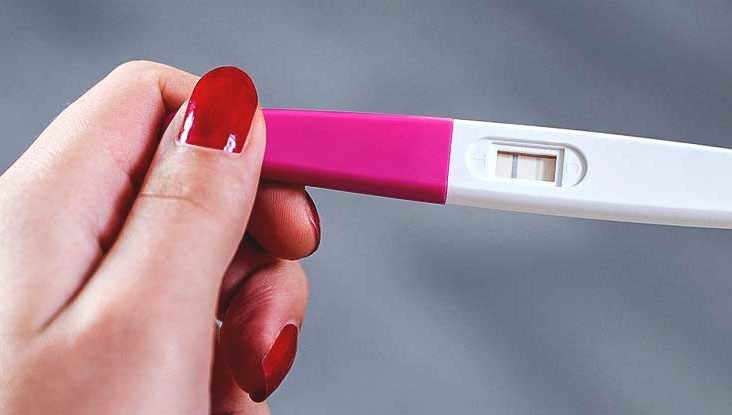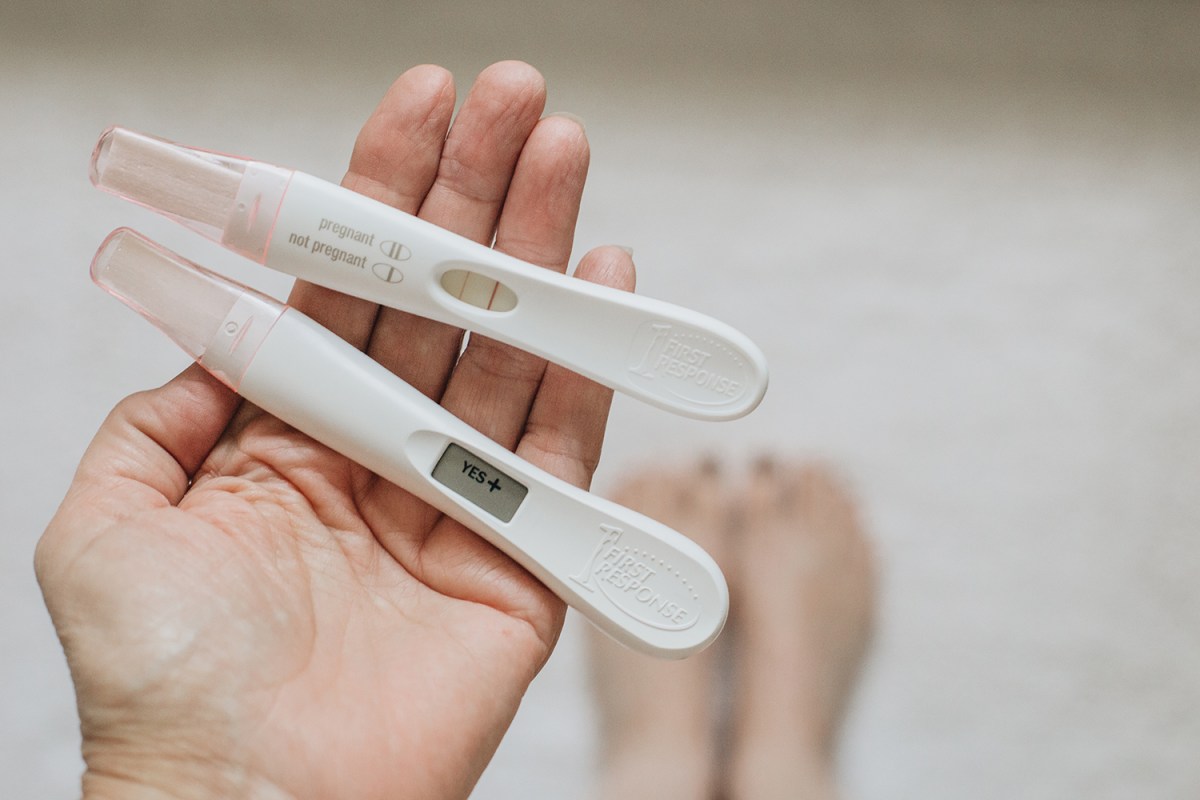Table of Contents
How Do Pregnancy Tests Work?
This woman is curious about pregnancy tests. If you recently had unprotected sex and missed your period, you may be pregnant. Home mommed pregnancy test can be purchased at any local pharmacy and are the most popular option for women looking to confirm whether or not they are pregnant. These types of tests check your blood or urine for levels of human chorionic gonadotropin (hCG). It is a hormone that is only found in a pregnant woman after a fertilized egg is implanted in her uterus.
When Can I Take A Pregnancy Test?
It is recommended to take a pregnancy test 10 days after unprotected intercourse so that hCG levels are detectable, as it can take up to 6 days for the egg and sperm to unite and implant in the uterus. hCG levels are only detectable when the fertilized egg begins to divide and develop the placenta.
What Types Of Pregnancy Tests Are There?
A blood test is the most accurate, but often requires a doctor’s visit because you have to send a vial of your blood to a lab and wait for their analysis. There are two types of blood tests:
Qualitative. This confirms the question of whether the hormone hCG is present.

Quantitative. This measures the amount of hCG present.
The fastest pregnancy test is a urine test, which requires a drop of urine on a chemical strip and waiting 1-2 minutes for results.
What is an Ovulation Test?
An ovulation test, or ovulation test kit or OPK, is a urine test that measures your body’s levels of luteinizing hormone (LH), a hormone that peaks before ovulation to signal to your maturing follicle that it’s time to release an egg. Here are some of the most important things you should know about OPK files.
Some tests will tell you if your LH is above or below a certain threshold. These tests are called threshold tests. These will give you a positive or negative result. The problem is that the average mommed ovulation test doesn’t work for about 1 in 10 of us. Threshold-based tests are designed based on averages of what the LH surge “should” look like, but all bodies are different. At least 1 in 10 women will grow to a level that these binary positive/negative tests usually don’t detect.





